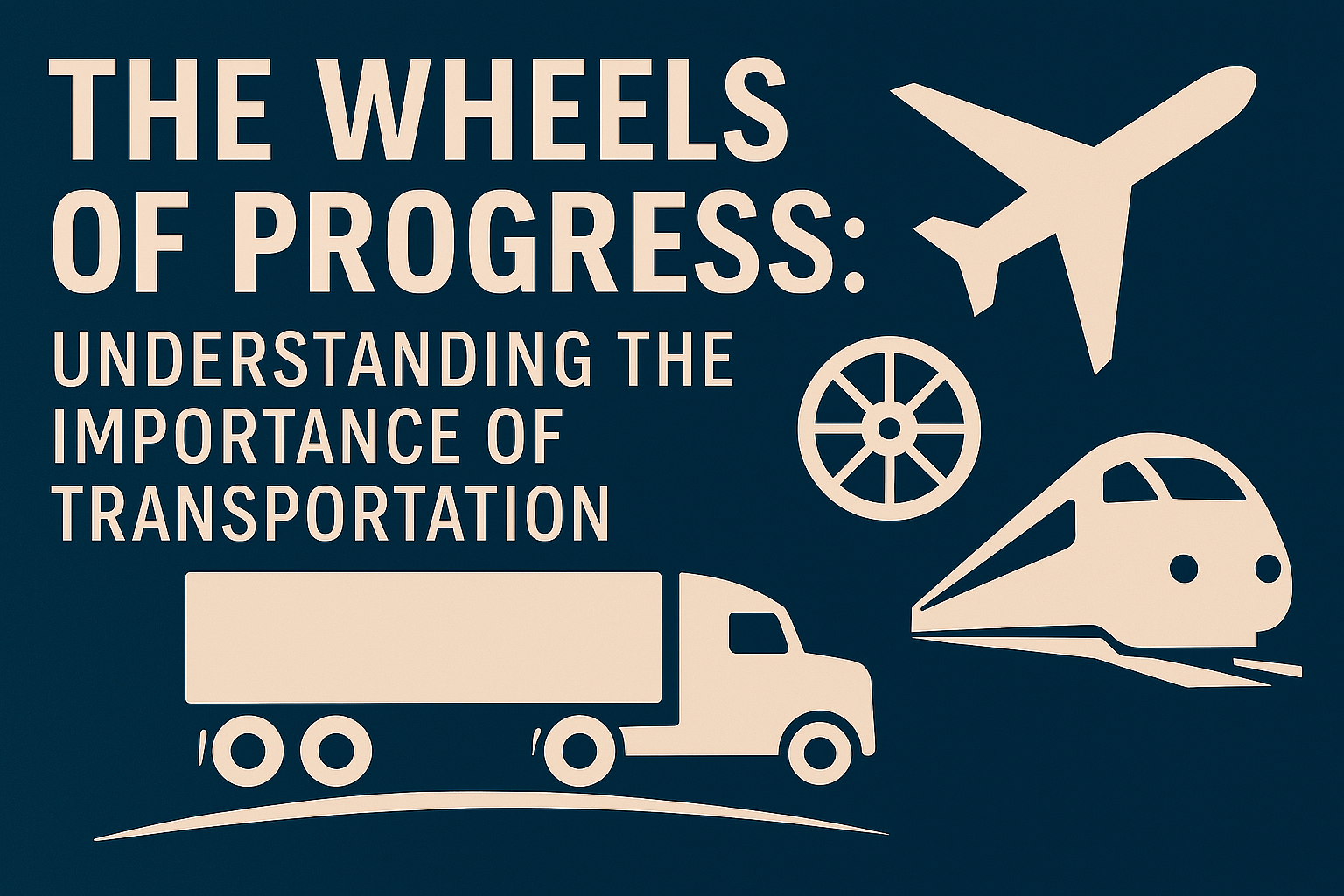Transportation is the engine that drives modern civilization. From connecting communities to enabling global trade, transportation systems underpin every facet of our daily lives and economies. As technology evolves, the transportation industry is undergoing a seismic shift, offering opportunities to improve efficiency, sustainability, and accessibility.
The Pillars of Transportation
Transportation is a vast and multifaceted industry, encompassing several key domains:
- Road Transportation: Cars, buses, and trucks dominate this category, facilitating personal mobility and freight logistics.
- Rail Transportation: Trains provide an efficient and environmentally friendly option for moving goods and passengers over long distances.
- Air Transportation: The aviation industry connects countries and continents, playing a crucial role in global commerce and tourism.
- Maritime Transportation: Ships transport the majority of global trade, making maritime logistics indispensable for the world economy.
- Public Transit: Subways, trams, and buses are essential for urban mobility and reducing traffic congestion.
Why Transportation Matters
- Economic Growth: Efficient transportation systems reduce costs and increase productivity, driving economic development.
- Global Connectivity: Transportation networks link markets, enabling trade and fostering cultural exchange.
- Social Impact: Access to reliable transportation improves quality of life, connecting people to jobs, education, and healthcare.
- Environmental Considerations: As the industry moves toward sustainable solutions, transportation plays a key role in reducing greenhouse gas emissions.
Challenges in the Transportation Industry
- Infrastructure: Aging infrastructure and lack of investment can lead to inefficiencies and safety concerns.
- Congestion: Traffic congestion in urban areas results in lost productivity and environmental harm.
- Environmental Impact: Traditional transportation methods contribute significantly to pollution and climate change.
- Technological Integration: Adopting advanced technologies like AI and IoT requires significant investment and adaptation.
Emerging Trends in Transportation
- Electrification: Electric vehicles (EVs) are revolutionizing road transport, offering a cleaner alternative to traditional internal combustion engines.
- Autonomous Vehicles: Self-driving cars and trucks are set to transform the logistics and personal mobility landscape.
- Smart Infrastructure: IoT-enabled sensors and AI-powered traffic management systems are enhancing the efficiency of transportation networks.
- Shared Mobility: Ride-sharing and carpooling platforms are reducing individual vehicle usage, lowering emissions and congestion.
- Hyperloop and High-Speed Rail: Innovations like the hyperloop promise ultra-fast and sustainable transportation for long-distance travel.
Real-Life Innovations in Transportation
- Urban Mobility Redefined: Cities like Copenhagen and Amsterdam have embraced cycling and public transit, significantly reducing traffic congestion and pollution.
- Green Shipping: Companies are investing in hybrid and electric ships, reducing emissions in maritime logistics.
- Smart Cities: Urban centers like Singapore are leveraging AI to manage traffic flow and optimize public transit systems.
How to Foster a Better Transportation Future
- Invest in Infrastructure: Governments and private sectors must collaborate to modernize roads, bridges, and transit systems.
- Promote Sustainability: Encourage the adoption of renewable energy sources and eco-friendly transportation modes.
- Leverage Technology: Integrate advanced technologies to improve safety, efficiency, and user experience.
- Encourage Public Transit: Develop accessible and affordable transit options to reduce dependency on personal vehicles.
- Foster Innovation: Support research and development in futuristic transportation solutions like flying cars and urban air mobility.
Transportation is not just about moving people and goods; it’s about shaping societies and driving progress. By embracing innovation and sustainability, we can create transportation systems that are not only efficient but also equitable and environmentally responsible. The road to a better future is paved with smart choices and bold innovations in transportation.

